This KAMUT Pain de Mie is a delightful bread with a mild, wheaty flavor and a crumb that practically melts in your mouth—perfect for toasting. The name *Pain de Mie* translates to “bread of the crumb,” which is fitting for this loaf. But when made with KAMUT, it could easily be described as “bread with an irresistibly soft and flavorful crumb.”
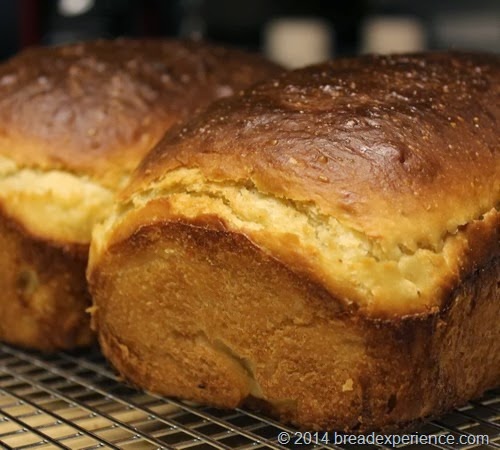
The Appeal of Ancient Grains
I love experimenting with ancient grains, and KAMUT has been a fascinating addition to my baking repertoire. While I’ve worked with whole-grain KAMUT flour before, this was my first time trying KAMUT white flour.
My research into ancient grains revealed intriguing details about their origins and classifications. All wheat varieties belong to the genus *Triticum,* but they are categorized by their chromosome counts.
Khorasan wheat, sold under the KAMUT brand, has 28 chromosomes compared to the 42 chromosomes in modern wheat.
This unique genetic makeup contributes to its distinct characteristics. For more details about KAMUT, I recommend visiting the official KAMUT web site.
- Whole Grain KAMUT
- KAMUT white flour
Why KAMUT?
KAMUT is a beautiful grain that produces lovely flour, and I was eager to see how it would perform in a bread traditionally made with modern white bread flour.
The result? A loaf with a soft, mild flavor and a texture that’s perfect for everyday use, whether you’re enjoying it toasted or as the base for a hearty sandwich.
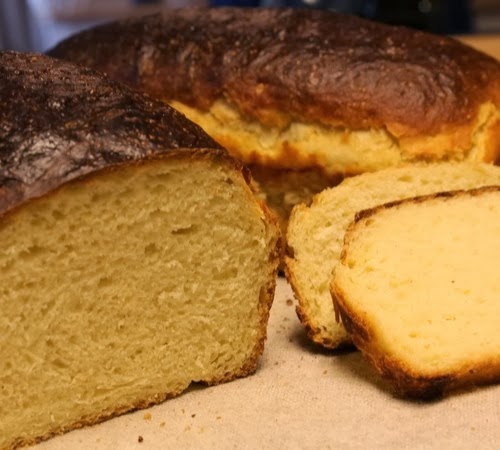
You might enjoy these other Pain de Mie breads
– a rich and buttery, melt-in-your-mouth bread infused with wildflower lavender tea
English Toast Bread with Teff – using a small amount of teff combined with bread flour produces a delicious light-textured bread with a creamy, earthy color
Pullman Bread (Pain de Mie) – made with bread flour and whole wheat flour sifted once to remove the bran
Light Wheat Sourdough Pain de Mie – a tender and buttery sandwich bread that can be made with up to 30% whole grain and still retain its fluffy texture
Since the weather has been unseasonably cold, I was craving tomato soup and grilled cheese. Pain de Mie is the perfect bread for grilled cheese (or toasted cheese as we referred to it growing up). The KAMUT flour performed well in this recipe. It makes a delicious toast bread.
Print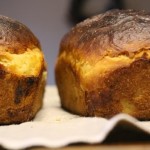
KAMUT Pain de Mie
- Yield: 2 Medium Loaves 1x
Description
This KAMUT Pain de Mie, made with white KAMUT flour, is a sandwich bread with a delicious, melt-in-your-mouth crumb that’s great for toasting.
Ingredients
553g KAMUT white flour
433g Cold milk (dairy or non-dairy)
55g (4 T) unsalted butter, softened
9g instant yeast
22g sugar
11g salt
Instructions
In the bowl of a stand mixer, combine the flour, half of the milk, the softened butter, yeast, sugar, and salt. Mix on low speed using the dough hook for 5 minutes.
Gradually add in more milk as necessary until there are no dry bits of flour. Increase the speed to medium and mix until the dough comes together. It will be slightly sticky.
Transfer the dough to a lightly greased bowl. Cover the bowl with plastic wrap or a kitchen towel and let it ferment at room temperature for 1 hour.
Lightly flour a work surface and remove the dough from the bowl. Divide it into two pieces using a sharp knife or bench knife. Cover the pieces with plastic and let them bench rest for 15 minutes.
Lightly butter two medium loaf pans. I used two 8.5 by 4.5-inch glass loaf pans.
Uncover the dough again and lightly flour the work surface, if necessary. Gently press out the dough to degas it and shape each piece into a round. Shape the rounds into batards and place each batard into a buttered loaf pan. Cover the loaves with plastic wrap and let them rise for 90 minutes.
Preheat the oven to 425 degrees F.
Make the egg wash by combining the egg with 1 tablespoon of water and whisk together in a small bowl until blended.
Using a pastry brush, coat the tops of the risen loaves with the egg wash. You’re supposed to do this lightly. I may have overdone it with the egg wash because the crust got a little darker than I anticipated.
Transfer the loaves to the preheated oven and bake for 35 minutes, or until the crust is golden brown and shiny. The sides should be firm to the touch.
Remove the loaves from the oven. If you are using glass pans, let the loaves cool for 5 to 10 minutes in the pan before removing to a wire rack to cool completely.
Notes
Adapted from: The Fundamental Techniques of Classic Bread Baking by The French Culinary Institute
- Category: Sandwich Bread
- Method: Yeast
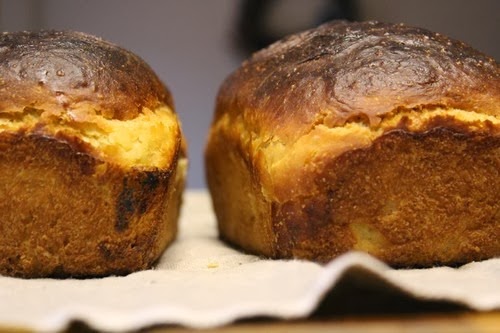
I’m sharing these loaves with:
Happy Baking
Cathy
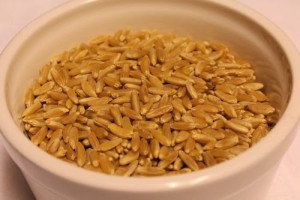
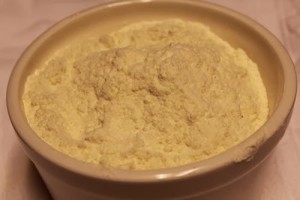
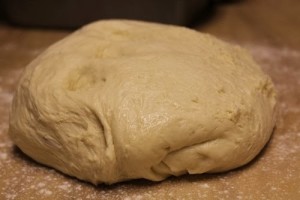
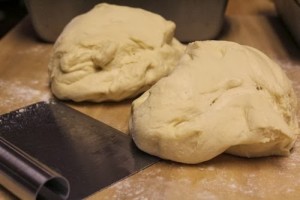
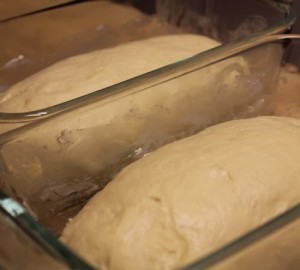
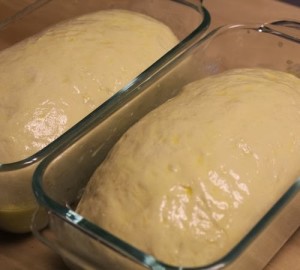
Sophie Foodie Files says
Waw, what 2 beautiful loaves of special kamut bread! They look like brioche dough! Yummm! Another must make of yours! Yummm!
Cathy W. says
These loaves are similar to brioche, but without the large amount of butter.
Joan Dahlen says
Hi Kathy,
I just bought some of this Kamut flour because I discovered that people like me with IBS can have gluten issues even though we do not have Celiac disease. I went gluten free for awhile, but decided to try this ancient grain flour to see if it might not cause discomfort the way modern day flour does. I love your web site which I just found now at 11:40 PM on Oct. 30. (right at bedtime. lol)
I cannot wait to try the pain de mie bread. It sounds easier than other breads. While I have made bread years ago, I am more of a dessert baker than a bread baker, so this recipe sounds less intimidating to me. I will let you know if this flour works for me. I HATE gluten free bread and am hoping this flour is the answer!!!
Cathy says
Hi Joan,
Thanks for visiting my site. I love Kamut. It is one of the easiest of the ancient grains to work with and tastes wonderful. If you find that you aren’t able to tolerate Kamut; you might consider trying einkorn. Do let me know how the pain de mie bread goes.
Happy Baking!
Cathy